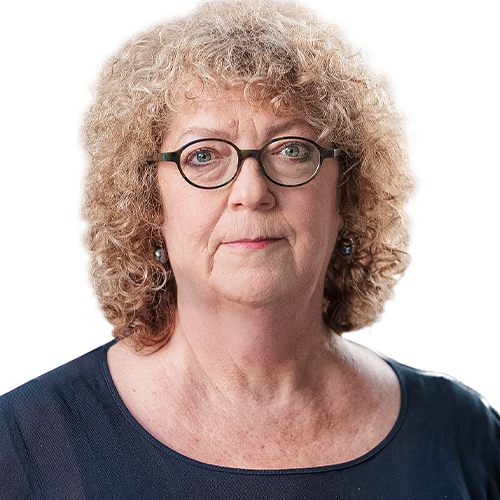Taylor delivered his speech while en route to Comi-Con in San Diego. He said he would also be flying up to Los Angeles to see Tang, who was in his final days. Tang, whom Taylor calls his Chinese twin, worked mainly in China but also had family in the United States.
Taylor said today about 60 per cent of everything made at Weta Workshop had in some way been made on a robot, and most of those robots had been built in the Workshop.
“That’s because deadlines get ever tighter, budgets ever smaller, expectations ever higher and turnarounds ever faster.
“So if we have stayed as a hand-craft modelling team, if we hadn’t started to diversify out to China and utilising the skills within that country, it’s arguable that today we wouldn’t still be in business, such are the new challenges of the industry that a company like ours needs to tackle.”
Speaking about doing business in China, he said: “I think that at its heart, the most important part of our story is the realisation that you give before you take, that you make an effort first before putting your hand out and expecting anything and I feel confident we have given as much as we could possibly give in our relationship with the people we have engaged with in China. "
That was through internships offered by Weta Workshop, friendships and training and experiences that had unfolded, and in turn, the people of China had given back to them.
“Rather than it ever being perceived as a business-to-business relationship, I see that it’s a cultural bridge we have formed between our colleagues in China and ourselves as we’ve had the great chance to hang out and work with some mesmerising and amazing people.”
Today he and wife, Tania, solely own Weta Workshop which is based in Wellington and employs about 360 people.
Taylor said and his wife started out small in the back room of a flat. They then teamed up with Sir Peter Jackson on his second film, Meet the Feebles, and then onto Brain Dead, but it was on the film Heavenly Creatures that the Taylors bought their first silicon graphics computer.
“Onto the Frighteners with Michael J Fox and what followed in quick succession were many local movies until we ended up on Hercules and Xena for seven years. But little did we know that just around the corner was the Lord of the Rings.
“We ultimately looked after design, armour, weapons, creatures, special make-up effects and prosthetics, delivering 48,000 separate things into the trilogy of the movies with only one eight of our staff having ever worked on a film or TV show before and the average age of our crew just 22 years old when we got started.
“On Lord of the Rings we had three and half years of pre-production; on The Hobbit just seven weeks, only made possible because coming out of the back end of Lord of the Rings, we started investing very heavily in robotic manufacturing.”
Since finishing Lord of the Rings, Weta Workshop had worked on 120 films, sometimes for just a few months and sometimes for many years.
Weta Workshop undertakes a wide variety of work, including tourist attractions in Wellington and Auckland, various statues around the country, and location-based experiences such as “Gallipoli, the scale of our war” at Te Papa which Taylor described as the seminal project of his career, and travelling exhibitions. It has designed a museum for traditional Chinese medicines in Zhuhai, Guangdong, and did the design and fit-out for the Fosters and Co mobility pavilion at the Dubai Expo, with a lot of it having been built in China.
Among its many awards, Weta Workshop has won five Oscars and four Baftas.
